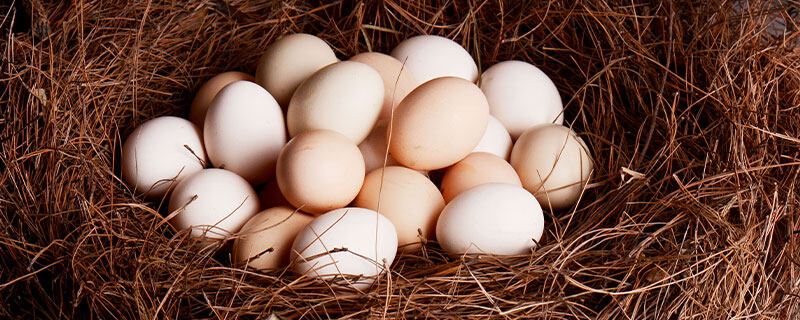Relevant practices have shown that for laying hens with the same egg production, each increase in body weight by 0.25kg will consume about 3kg more feed a year. Therefore, in the selection of breeds, light-weight breeds of laying hens should be selected for breeding. Such breeds of laying hens have the characteristics of low basal metabolism, less feed consumption, high egg production, better egg color and shape, and higher breeding yields. better.
According to the growth characteristics of laying hens in different periods, scientifically prepare high-quality feed with comprehensive and balanced nutrients. Avoid excessive waste of some nutrients or insufficient nutrition. When the temperature is high in summer, the protein content in the diet should be increased, and the supply of energy feed should be appropriately increased when the temperature is cooling in winter. In the early stage of egg production, in order to meet the needs of egg production, the protein content in the diet should be slightly higher than the usual feeding standard. Ensure that the stored feed is fresh and free from deterioration. Before feeding, the feed can be processed into pellets with a diameter of 0.5 cm, which is conducive to improving the palatability of the feed and reducing waste.
Keep the environment in the chicken house relatively quiet, and it is forbidden to make loud noises to disturb the chickens. Too high or too low temperature and humidity will lead to reduced feed utilization, decreased egg production, and poor egg shape. The most suitable temperature for laying hens is 13-23°C, and the humidity is 50%-55%. The light time during the laying period should gradually increase, and the daily light time should not exceed 16 hours. The opening and closing time of the artificial light source should be fixed, and some hens will stop production or even die sooner or later. The setting of the artificial light source requires that the distance between the lamp and the lamp is 3m, and the distance between the lamp and the ground is about 2m. The intensity of the bulb should not exceed 60W, and a lampshade should be attached to the bulb to concentrate the light.
The stocking density depends on the feeding mode. The appropriate density for flat stocking is 5/m2, and no more than 10/m2 for cages, and it can be increased to 12/m2 in winter.
Clean the chicken coop on time every day, clean up the feces in time, and do a good job of disinfection regularly. Do a good job in epidemic prevention and control, and prohibit the abuse of drugs.
The physique of the hen in the late laying period tends to deteriorate, and the immunity will also decline. Infection of pathogenic bacteria from the hen’s body and outside will lead to an increase in the incidence rate. Farmers should pay attention to observe the status of the flock, and isolate and treat sick chickens in time.
Post time: Aug-11-2023





